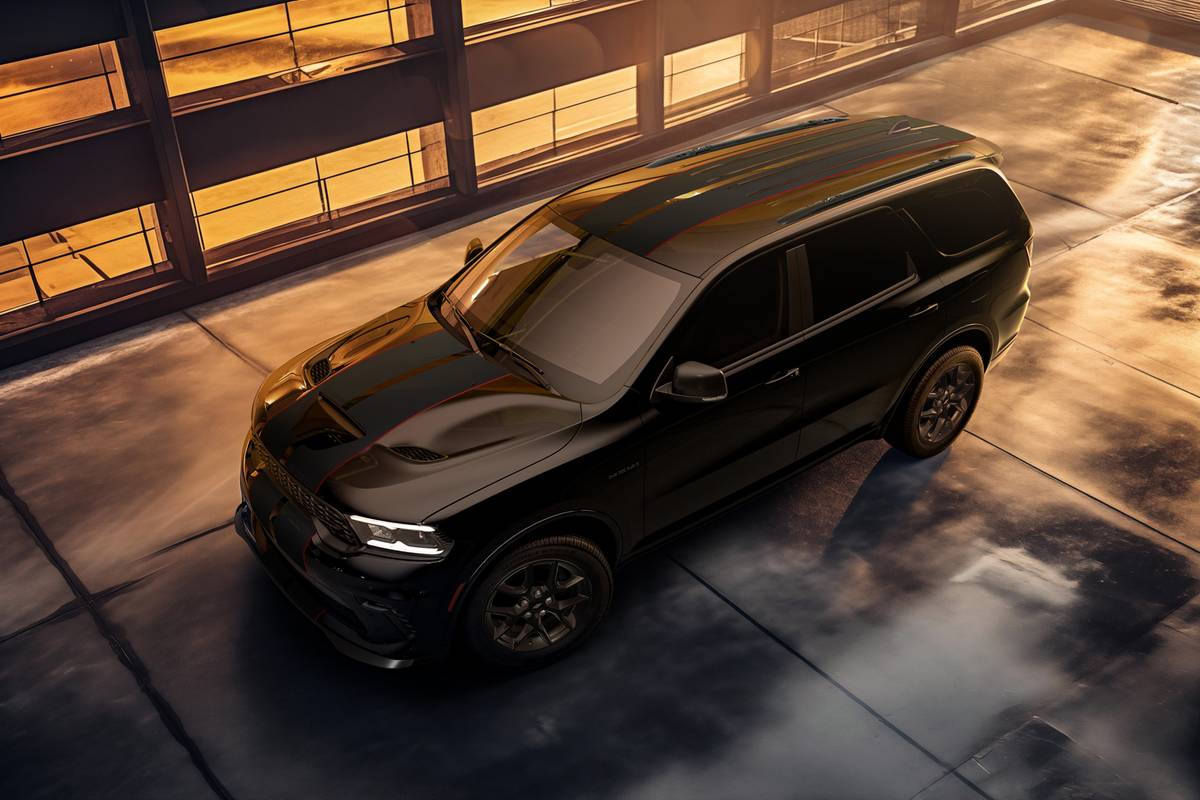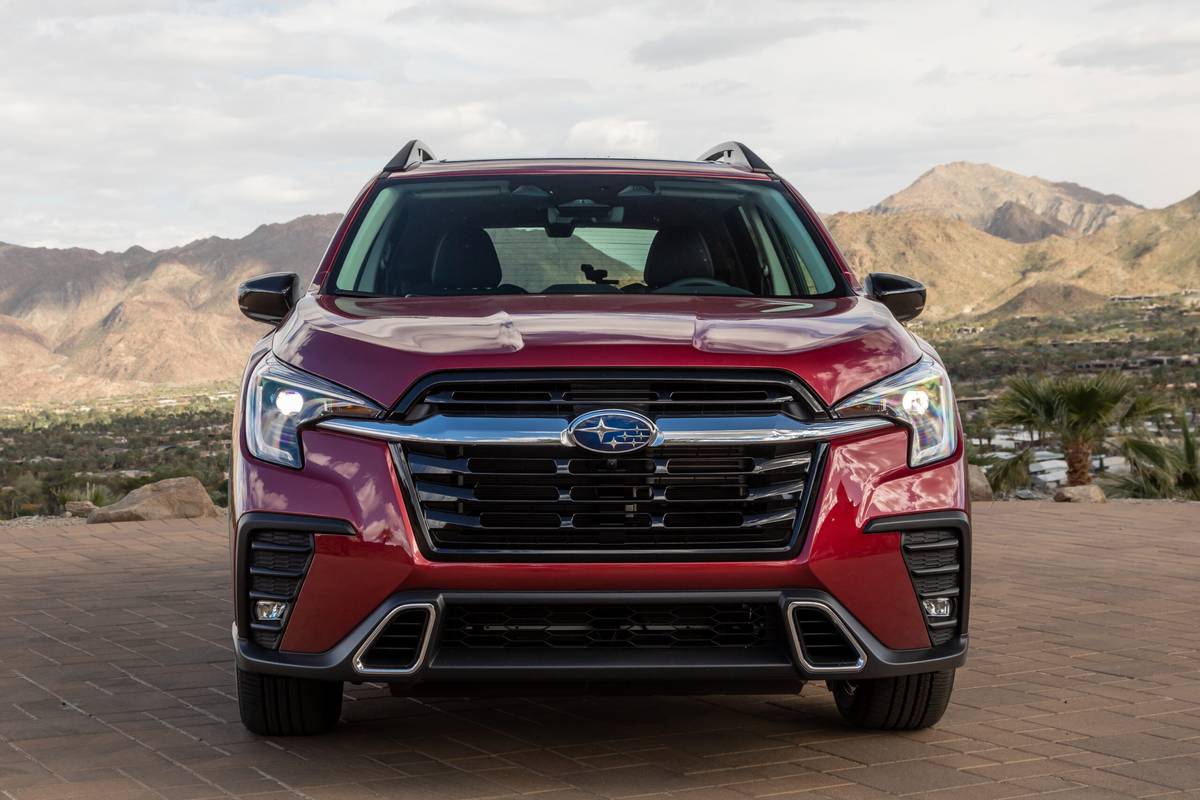TheMercuryNews.com's view
While it hardly seems an original concept in an automotive landscape populated with sport-utilities of all shapes, sizes and prices, the Toyota Highlander still manages to break some new ground.
It brings this whole cross-over vehicle, car-as-truck phenomenon right into the heart of the market.
Up to now, most of these vehicles have been on the fringe of the market. A fringe that is starting to see some huge growth, but a fringe nonetheless.
But the new Highlander, available this month, is neither a too-small cute-ute, nor a too-pricey luxury SUV, nor a hard-to-categorize, but easy-to-love character like the PT Cruiser.
Nope, just like the Toyota Camry, Honda Accord and Ford Taurus define the mid-size sedan segment, the Highlander joins the Ford Explorer and Chevrolet TrailBlazer in defining the mid-size sport-utility segment. These are four-door, five-passenger, use-them-every-day-in-every-way vehicles.
Except that the Highlander isn’t based on a truck frame like the Explorer and TrailBlazer, it’s based on a modified Camry car chassis.
That unibody construction gives it a smoother ride and better on-road handling. And it makes getting in and out of the vehicle much easier since it’s closer to the ground. If off-road capability suffers — and the four-wheel-drive Highlander doesn’t come with a low gear, only offers a limited slip differential as an option and has less ground clearance than either the Lexus RX 300 or the Toyota 4Runner — well, most buyers won’t care.
On the road, the new Highlander is a solid performer. The 3.0-liter, V-6 on our test vehicle provided steady, smooth acceleration with its 220 horsepower. Steering and handling were precise. The ride, while perhaps a smidgen too soft, was well within the comfortable range.
The Highlander shares much with the popular Lexus RX 300 sport-ute. Both vehicles are built at Toyota’s award-winning Kyushu factory in Japan. If you’ve ridden in an RX, the interior layout of the Highlander will feel instantly familiar, especially the forward and center placement of the gear shift. And both vehicles use the same V-6 engine. (The Highlander also can be had with a four-cylinder engine.)
The biggest differences in the RX and the Highlander are price and size. (And the Lexus reputation for customer service.) The Highlander is 4 inches longer, which means more room for people and their stuff. The back seat is spacious for two adults and adequate for three. The rear cargo hold measures 38.5 cubic feet and 81.4 cubic feet with the rear seats folded down.
In fact, Toyota has priced its new Highlander so aggressively that it might steal some sales from its sibling Lexus Division. The cheapest, two-wheel-drive, four-cylinder version starts at $23,995 with destination charge. At $25,575, the two-wheel-drive, V-6-equipped version of the Highlander is priced $8,875 less than a similarly equipped RX 300. The f our-wheel-drive versions are separated by $9,225.
The Highlander also might steal some sales from Toyota’s long-running 4Runner, its truck-based, mid-sized sport-utility. (Between Toyota and Lexus, the two divisions now sell seven sport-utilities with an all-wheel-drive sport wagon, the Matrix, arriving in 2002 as a 2003 model.)
On the inside, the dashboard layout is well-executed with all buttons and dials and switches properly placed and within easy reach. The wood trim looks shiny and fake, but the cabin is a comfortable, inviting environment.
The front part of the Highlander could have used more storage places as I never could find a good place to stash my cellular phone and CD folder. In the back, however, with grocery bag hooks and a couple of cargo bins, smart storage was plentiful.
Toyota has kept the Highlander price competitive by making some niceties (a power driver’s seat) and some convenience features (a full-size spare, remote keyless e try) optional equipment. In fact, the list of available options takes up three pages. And while Toyota is finally making anti-lock brakes standard on more of its models, including this one, the buyer who wants the safest version of the Highlander will have to pay extra for daytime running lights, side-impact air bags or a vehicle skid control system that includes traction control.
The only thing that might hold the Highlander back is that its stylists mustered such a bland design effort. Save for the slight crease along the front and rear side panels, this thing looks just like a boxy SUV that might have come out of General Motors’ design studios in the early ’90s.
I admit that I found the styling of the RX 300 strange when it arrived in 1998 — I called it the “first ugly Lexus” — but at least it was different. This one is as bland as a Camry.
Oh, maybe that’s the point.
Latest news



